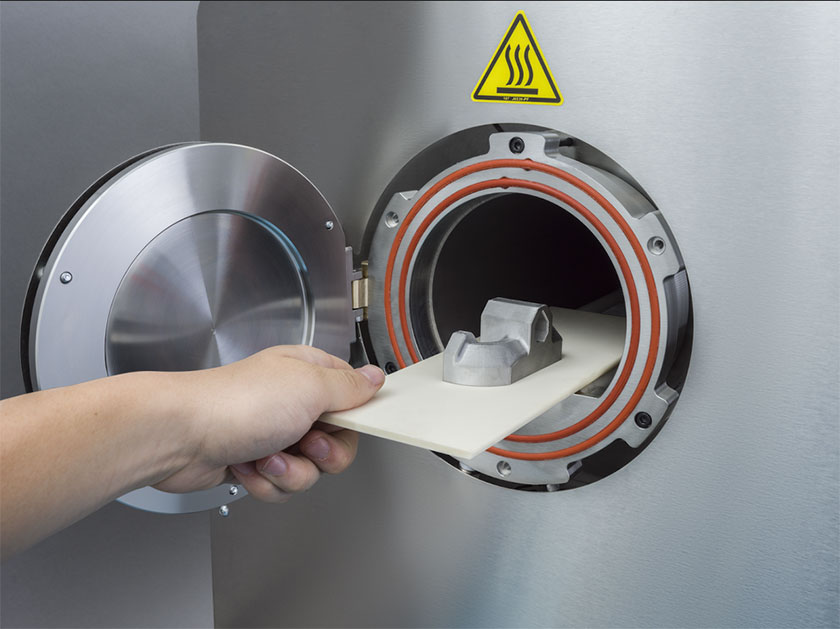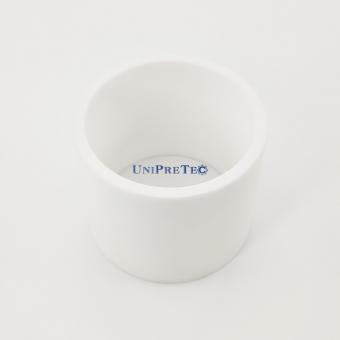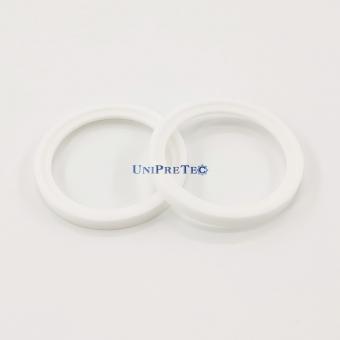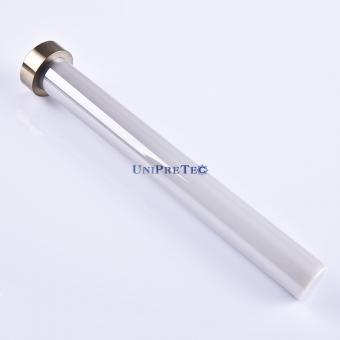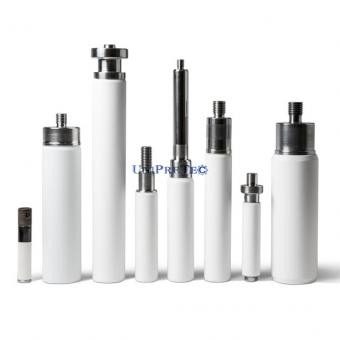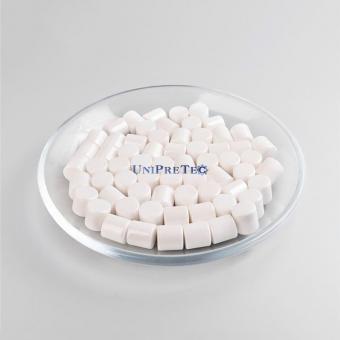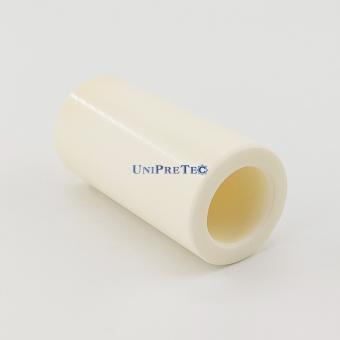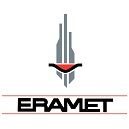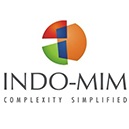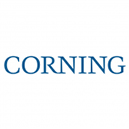Preface
Ceramic injection molding (CIM) is a new process for preparing ceramic parts developed by combining polymer injection molding methods with ceramic preparation processes. It is similar to the metal injection molding (MIM) developed in the 1970s. It is a branch of powder injection molding. Ceramic injection molding has the following characteristics:
1. The molding process has a high degree of mechanization and automation, high production efficiency, short molding cycle, high strength of the green body, and convenient management and control in the production process, which is easy to realize large-scale and large-scale production.
2. Various small ceramic parts with complex geometric shapes and special requirements can be formed nearly net, so that the sintered ceramic products do not need to be machined or processed less, thereby reducing the cost of expensive ceramic processing.
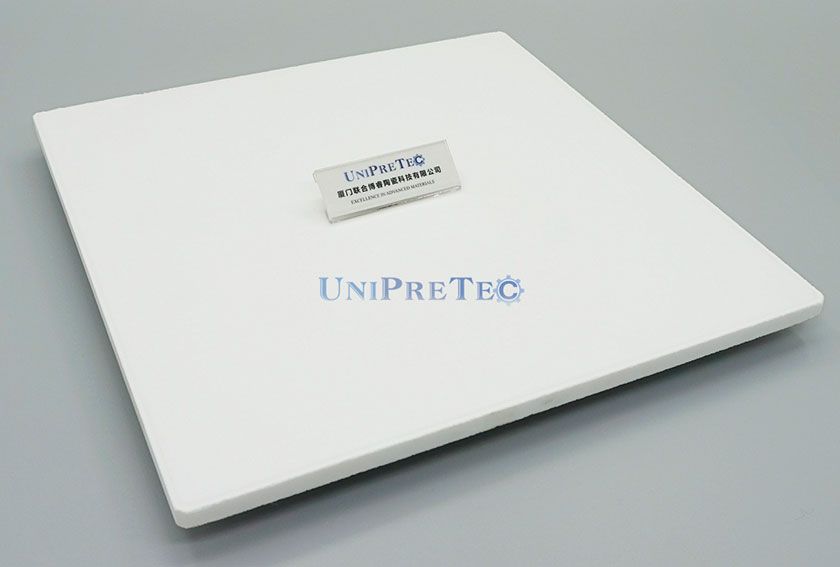
3. There are many binders added in the injection molding process, and it needs to go through a low-temperature degreasing process before high-temperature sintering. For thick products, the degreasing time may be as long as 100-200 hours.
4. During molding, the ceramic powder and the binder are uniformly mixed, and the shrinkage of the later sintering is consistent, and the density of each part of the obtained ceramic product is uniform, so this type of product has extremely high dimensional accuracy and surface finish.
Therefore, CIM technology has become one of the high-precision and high-efficiency molding methods in the existing ceramic molding technology, and has been widely used and researched at home and abroad.
Process flow
Its process flow is as follows:
The degreasing process is also the most important stage, which determines the quality of the final product to some extent. Because most of the defects in ceramic materials are formed in the debinding stage, such as cracks, pores, deformation, bubbling, etc., and the defects produced during the debinding process cannot be compensated by the later sintering stage.
01. Degreasing process
Mechanism: The organic binder in the green body is melted, volatilized and cracked to remove it by heating. The specific process is to heat the forming blank to a certain temperature, so that the binder evaporates or thermally decomposes to generate small gas molecules, which are transported to the surface of the forming blank by diffusion or permeation, and finally the decomposition gas of the binder escapes from the surface of the compact and enters the external atmosphere.
Note: As the binder component is heated and softened, the green body is prone to viscous flow deformation under the action of gravity and thermal stress, so the rate of thermal degreasing is very slow, and the degreasing time is particularly long, especially for thick-walled ceramic parts. Especially in the initial stage of degreasing, low-melting organics cannot be eliminated from the green body and generate high pressure inside the green body, which easily causes defects such as blistering, cracks and deformation of the green body.
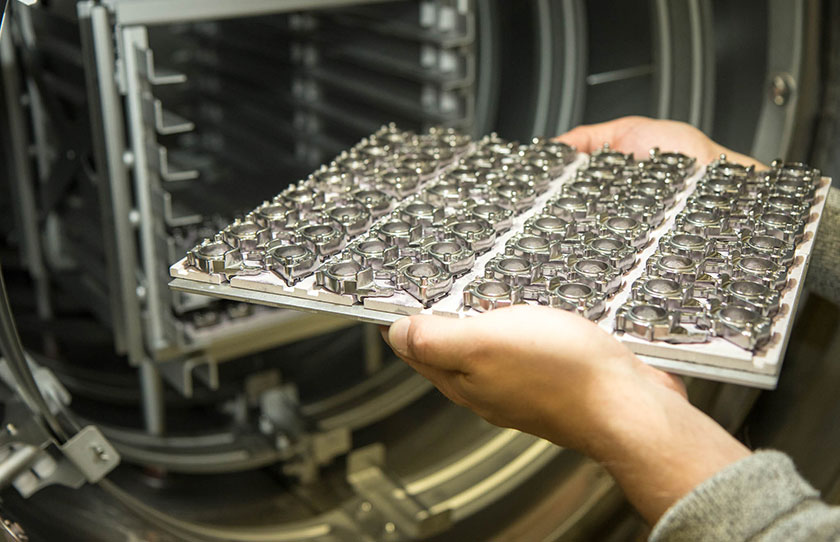
Solution:
①Increase the powder load and broaden the degreasing temperature distribution range.
②Buried powder. On the one hand, the embedded powder can play a role in supporting the green body during thermal degreasing, preventing the green body from deforming due to its own weight when the binder in the green body is softened. On the other hand, the capillary adsorption of the embedded powder promotes the discharge of organic adhesion. This capillary adsorption essentially changes the distribution of the organic binder on the surface of the green body, including the content of the organic binder in the liquid phase and the concentration of the product in the gas phase. Generally, the finer the powder, the larger the specific surface area. The greater the capillary action, the faster the degreasing rate; currently the more buried powders used are mainly: corundum powder, quartz powder, alumina powder, silicon carbide powder, etc.
02. Solvent extraction degreasing
Mechanism: Solvent degreasing is the use of solvents to selectively dissolve and remove the binder components in the compact to achieve better precision than thermal degreasing. The whole process is: the low-molecular solvent diffuses in the green body until it comes into contact with the binder, the solvent swells and dissolves the substances dissolved in the binder, and then the soluble part of the binder reaches the surface of the compact by diffusion, and finally enter solvent. When part of the binder is dissolved, a channel is formed to facilitate the removal of other components.
Note: The rate of solvent degreasing is determined by factors such as solvent type, temperature, green thickness, dissolution rate, and degreasing activation energy. The increase in temperature can accelerate the diffusion of solvent and dissolved components, thereby increasing the degreasing rate. If the temperature is too high, defects such as bubbling and cracking will occur. This is because too high a temperature will cause the degreasing rate to be too fast, and the capillary force generated by the solvent immersion when the binder is dissolved exceeds the bonding force between the ceramic powder particles, the powder is loose and forms various defects.
Solution: Keep the temperature at 50-80 degree C. In this way, the binder will not be deformed due to softening during degreasing.
03. Siphon degreasing
Mechanism: Siphon degreasing refers to placing the formed blank on a porous substrate or porous compact, and heating the formed blank to the extent that the viscosity of the binder is low enough that capillary flow can occur. The binder will be sucked out of the shaped blank under the action of capillary force and flow into the suction material.
Note: The diameter of the suction powder should be smaller than the particle diameter of the shaped body powder, the porosity should be high, and it should not react with the shaped body.
04. Catalytic degreasing
Catalytic degreasing is a new degreasing process that has only been developed in recent years. It was first developed by the famous German chemical company BASF.
Mechanism: A catalyst is used to depolymerize organic carrier molecules into smaller volatile molecules. These molecules have a higher vapor pressure than other organic carrier molecules in the degreasing process and can quickly diffuse out of the body.
Note: during thermal degreasing, the "green body" is softened due to the formation of liquid phase, or deformation and defects due to the influence of gravity, internal stress or viscous flow.
Solution: The reaction temperature of catalytic degreasing ranges from 100 to 150°C, which is lower than the melting point of polyoxymethylene resin to prevent liquid phase formation and size deformation.
In addition to catalytic degreasing, the supercritical extraction degreasing, microwave degreasing and water-based extraction degreasing developed in recent years have the advantages of fast degreasing rate, less cracks and defects formation during degreasing, and reduced product size requirements, moreover, the performance of the final product after sintering is greatly improved, so it has received extensive attention.
Conclusion
The fast-developing ceramic injection molding technology has become a new type of ceramic molding technology that has attracted more and more attention due to its near-net molding characteristics, and degreasing is an important key process. A successful debinding process is to ensure that the binder can be continuously and smoothly removed from the formed blank. Due to the complexity of the debinding process involves many factors, including the influence of powder, the influence of the binder, the rheology and sintering properties of the feed and the binder, etc., on the premise of ensuring product shape and dimensional accuracy, try to shorten the degreasing time and simplify the degreasing process, and make greater progress in systemization and scale, providing conditions for industrial production.
